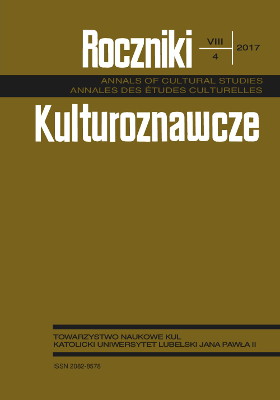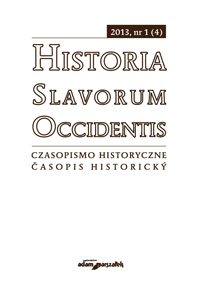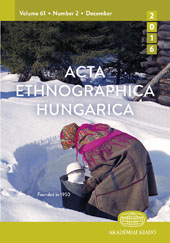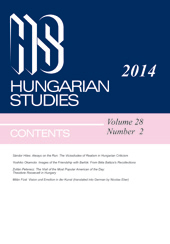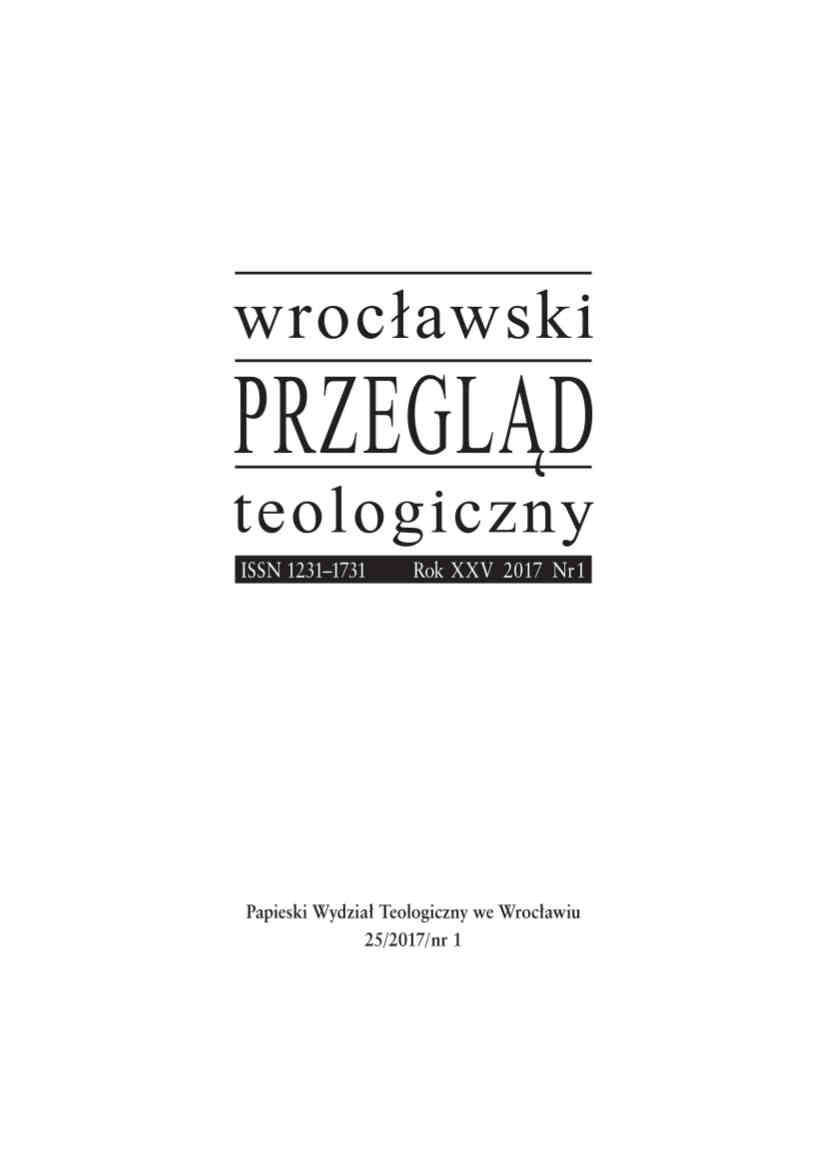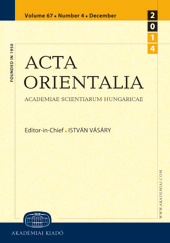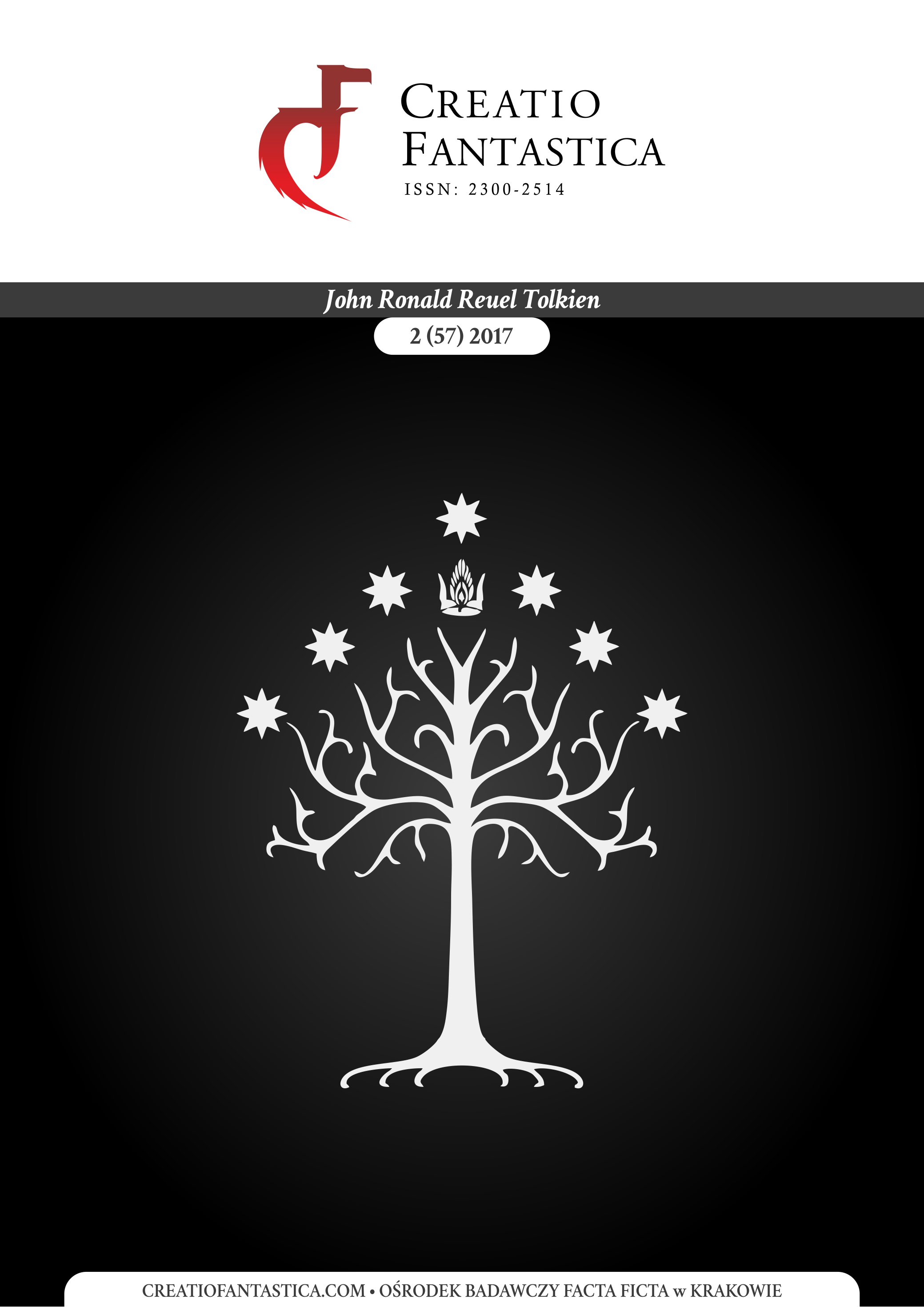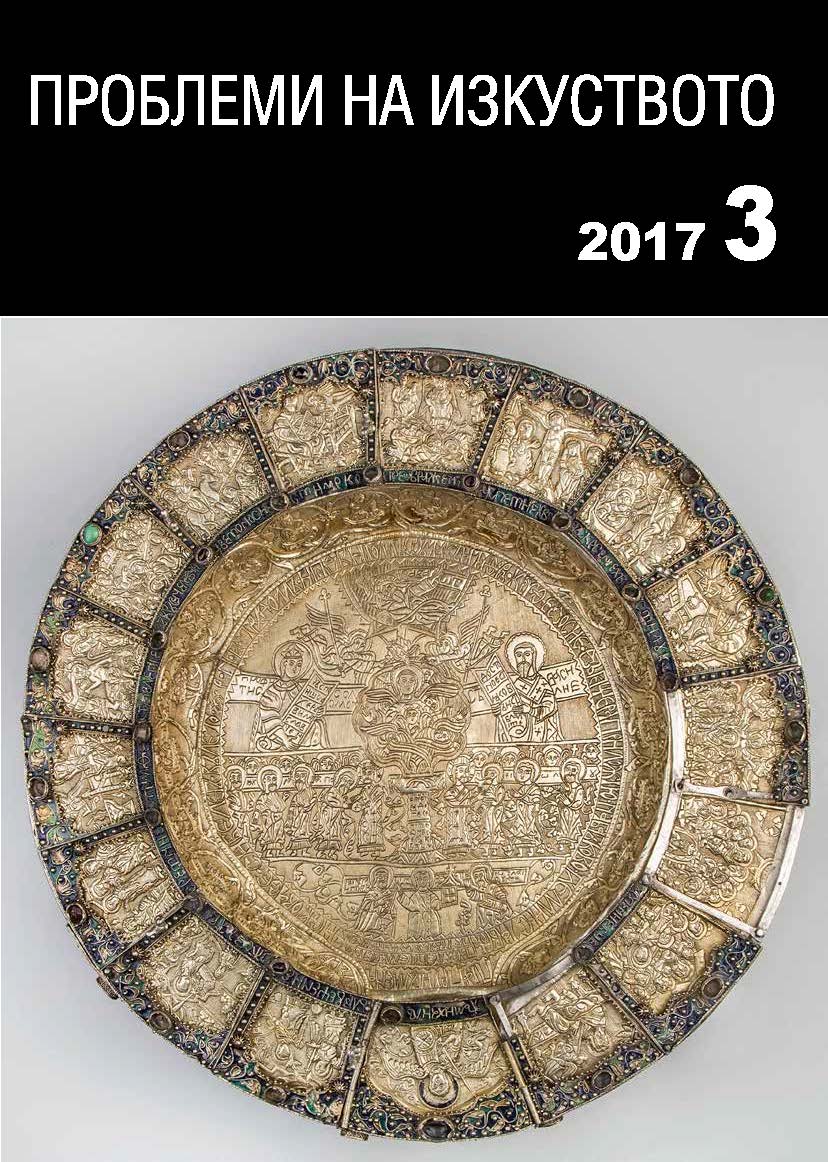Author(s): Lesia Mykolayivna Ustymenko / Language(s): Ukrainian
Issue: 1/2013
The article present conception and social functions of event tourism. Eventful tourism, as a separate type of tourism, deserves considerable attention, so as develops rapid enough rates. However, in a scientific mind his essence and becoming are reflected not enough. Development of eventful tourism, his problem and prospect examined labours of Bobok В. The row of scientists marks the necessity of the use of eventful resources for organization of tourist activity, in particular Beydik О., Smal І., but it is not presented authors integral system and theoretical ground of essence of eventful tourism. Eventful tourism considerably extends the limits of pleasure all growing necessities of modern tourists, that already not enough traditional trips, where combines, as a rule rest and making healthy with the small amount of excursions. Practicing eventful tourism, people become the living witnesses of most events in the world of sport, culture and art. From the public point of view, development of eventful tourism is very important, as he will realize such important for society functions as: economic, cognitive, recreational and entertaining, that are the basic functions of tourism. The last three functions carry more subjective character, as a measure of cognitive, recreational and entertaining efficiency for every tourist – visitor of certain events will be different. Indisputable is economic efficiency of development of eventful tourism, that allows most optimally to even oscillation of tourist seasonality. For many tourist regions, resorts, cities and small towns of realization of corresponding events is the additional source of money receivables, and if a west is visited yet and by foreign tourists, currency. Therefore in development of eventful tourism, local communities are interested as a rule. Defined stages of development of event tourism. Development of event tourism conditionally can be divided into three basic stages. First stage – from the oldest times second half of 19th of century is the initial stage of development of eventful tourism. It is possible to consider any trips that came true in old times with the aim of visit of holiday or competition the predecessors of future eventful tourism. For example, holiday of Dionis, devoted vintage or the Olympic games. Events were, as a rule, local scale and national. Second stage – from second half of 19th of century to second half of 20th of century is the stage of becoming of the organized eventful tourism. First, who put beginning to the organized trips sanctified to the certain event there was an Englishman Thomas Cook. In 1851 in the London Hade Park large pavilion was built for a trade-industrial exhibition. Knowing about it, Thomas Cook decided to organize journeys on an exhibition for the different categories of population. Third stage – from second half of 20th of century to our days is the stage of mass distribution and functioning of eventful tourism. In the second half of 20th centuries get new lines, of the cities of realization become and other Venetian, Brazilian carnivals get world popularity. Regularly conducted and attract millions of tourists and fans the Olympic Games, world and continents cups from the different types of sport. Begin and become traditional film festivals. Present classification of event tourism. For today there are a bit determinations of that it follows to understand under eventful tourism, and also classification going near his systematization. However, it follows to distinguish a few basic thematic directions: national festivals and holidays, theatricalising shows, theatrical festivals, gastronomic holidays, flower-shows, shows of fashions, auctions, sport events, musical concerts and festivals. Eventful tourism it follows to classify on next criteria: use of corresponding tourist resources; the subjects of basic event; оn scale of event (international level (Brazilian carnival, Olympic games), national level (a festival is in Sheshori on Ukraine), regional (sport competitions of regional level), local level (Days of cities, villages and others like that); regularity of realization (are regular events and events(for example, festival of film in Canny or Olympic games), are unique events(for example, opening of the Suez channel or wedding of the British prince William). It is basic classification of tourism. But she can be perfected yet by other criteria. If to analyse the basic world centers of eventful tourism, then majority them settling down in Europe. And among countries by leaders in relation to organization and realization of different events, that give an opportunity to realization of eventful tourism there is France, Italy, Germany, Great Britain. Some events that is conducted in these countries already have centuries-old history.
More...
